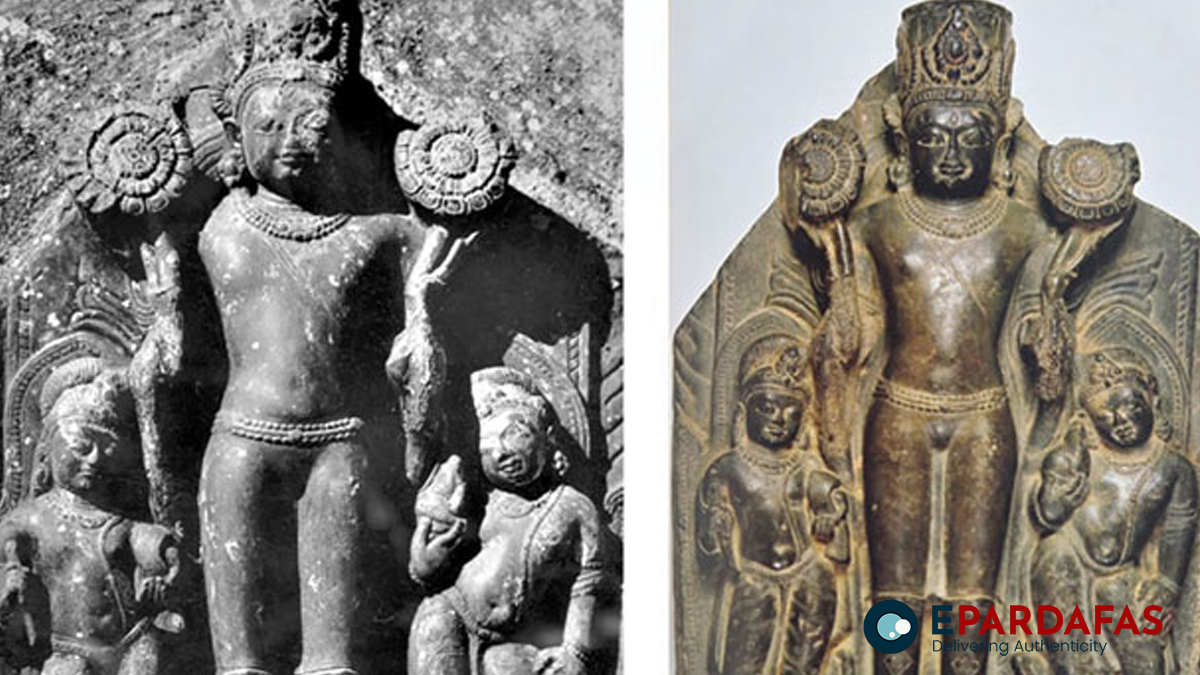Several invaluable Nepali artefacts, stolen over the years, have been located in prominent museums and auction houses across the world, raising renewed calls for their repatriation.
Among the significant finds is a 9th-century stone statue of Lord Surya, traced to the Purana Qila Museum in New Delhi, India. The artefact, stolen from the Gopaleshwar Temple near Pharping, is a rare example of 9th-century stone craftsmanship. The statue portrays the Sun God flanked by two attendants, holding a pen, a manuscript, and a conch, blending symbols of Lord Vishnu and the Sun. Its authenticity and historical importance are documented in art historian Lain Singh Bangdel’s 1989 book, Stolen Images of Nepal. A replica now stands in place of the original at Gopaleshwar Temple for worship.
In the United States, multiple stolen artefacts have surfaced at Sotheby’s Auctions in New York. These include a 12th/13th-century Shalabhanjika Yakshi strut from the Narayana Temple in Hyumata, Kathmandu, stolen in the 1980s. Two other struts from the same temple were earlier discovered in the Pritzker Collection in Chicago and successfully repatriated to Nepal, while one remains at the Los Angeles County Museum of Art.
Additionally, a 14th-century wooden Yakshi strut, stolen from the Ikha Narayan Temple in Bangemuda, Kathmandu, during the 1970s-80s, was also identified at Sotheby’s.
Another remarkable artefact, a 13th-century stone statue of Goddess Tara, originally from a Hiti in Suryamadhi Tole, Bhaktapur, was sold at Sotheby’s in New York.
These discoveries, highlighted by the Facebook page Lost Arts of Nepal, underscore the continued displacement of Nepal’s cultural heritage. The page has been instrumental in identifying stolen artefacts worldwide and advocating for their rightful return to Nepal.
Calls for repatriation of these artefacts have grown louder, with cultural preservationists emphasizing the need to restore Nepal’s heritage to its original temples and communities, where these pieces hold deep historical, artistic, and spiritual significance.
-The Rising Nepal



Comments